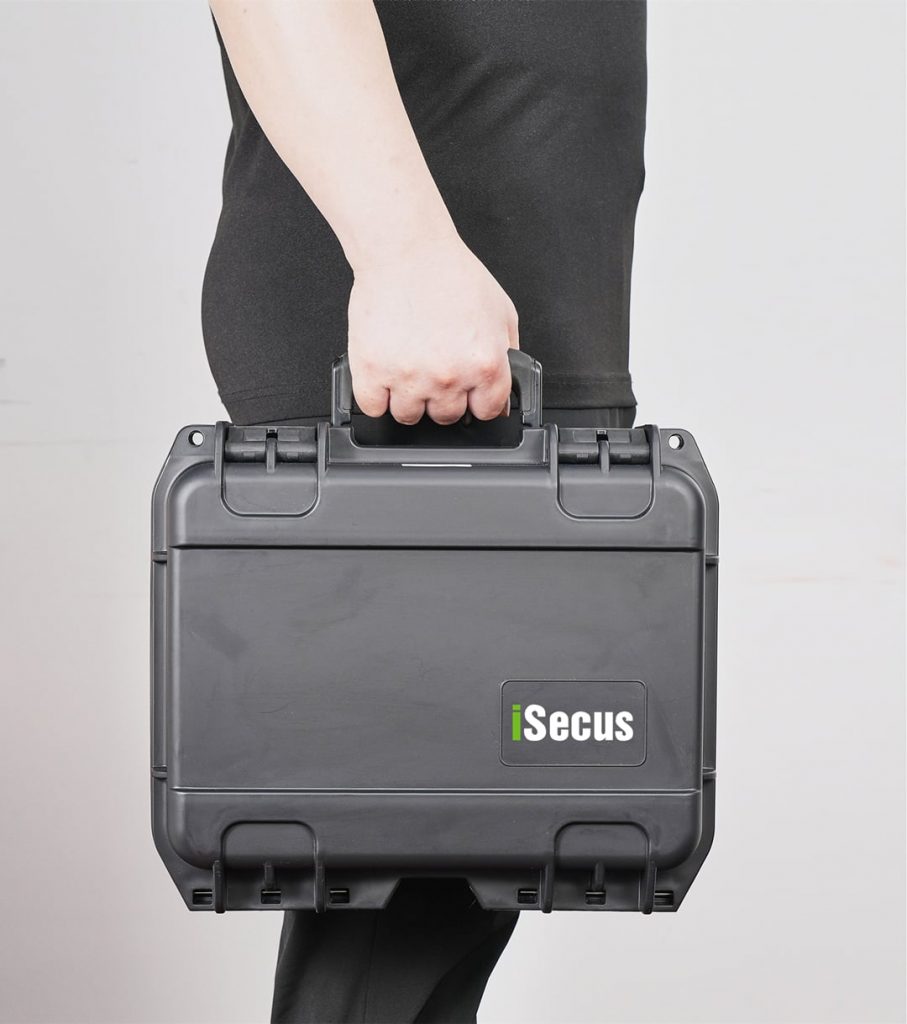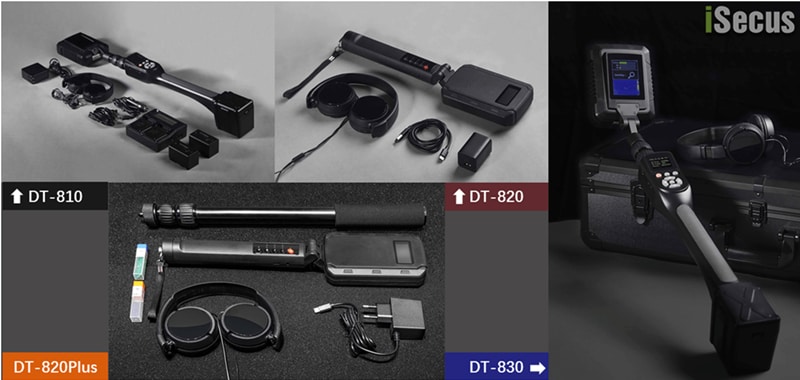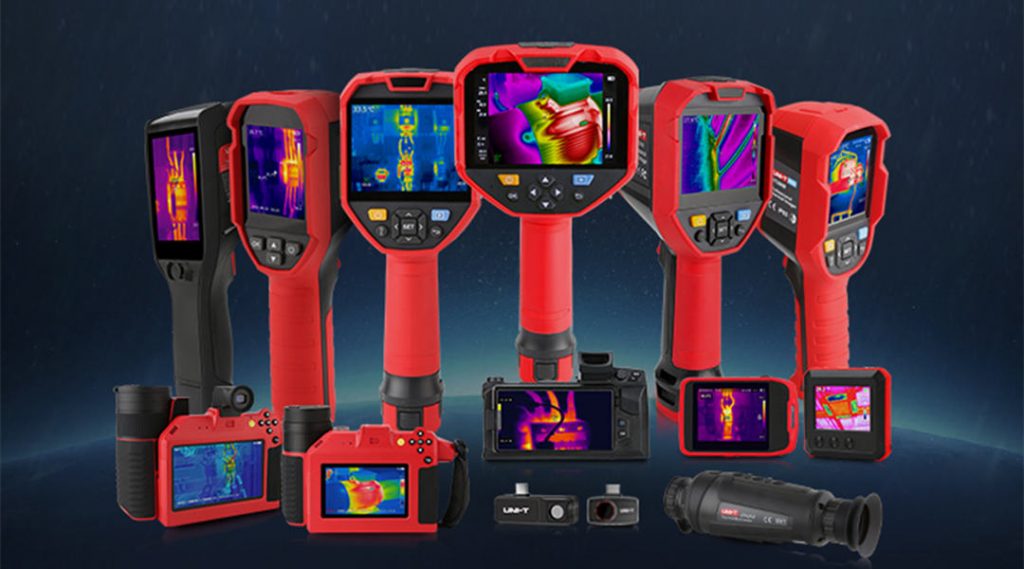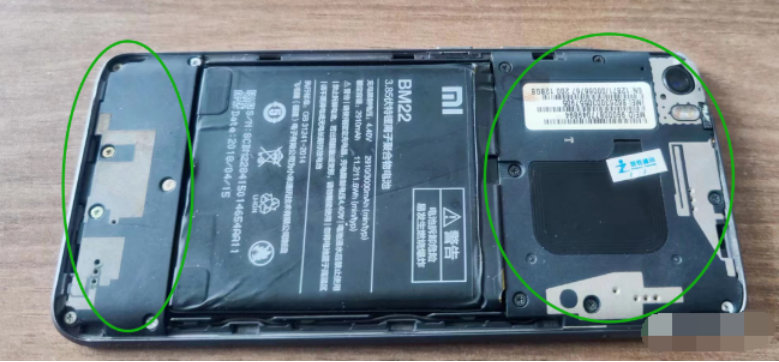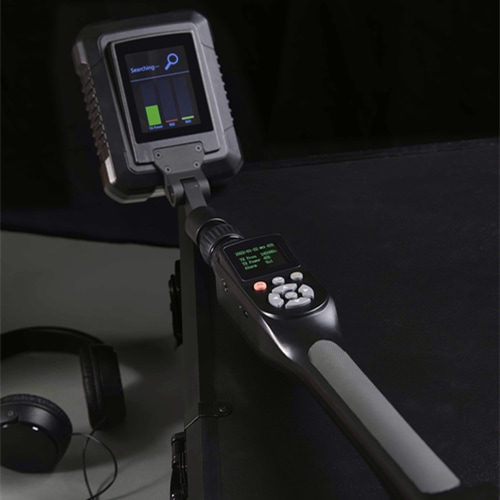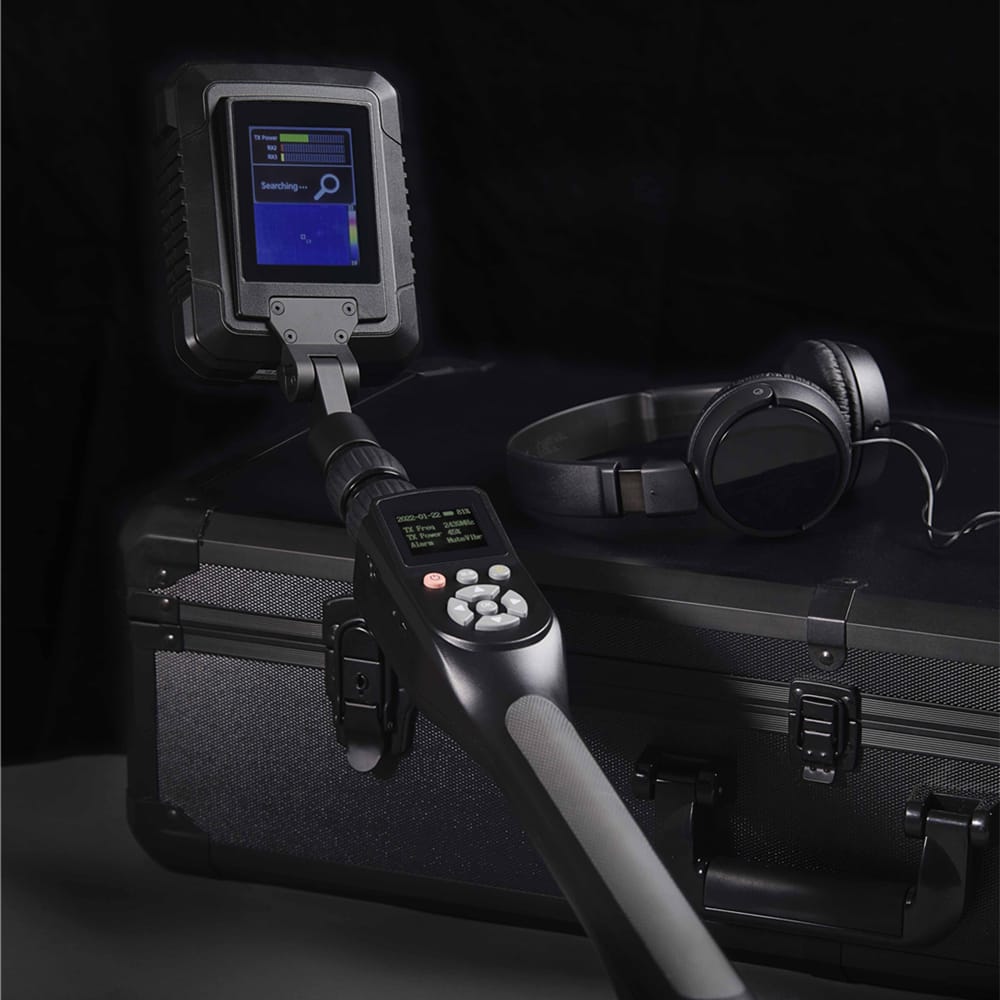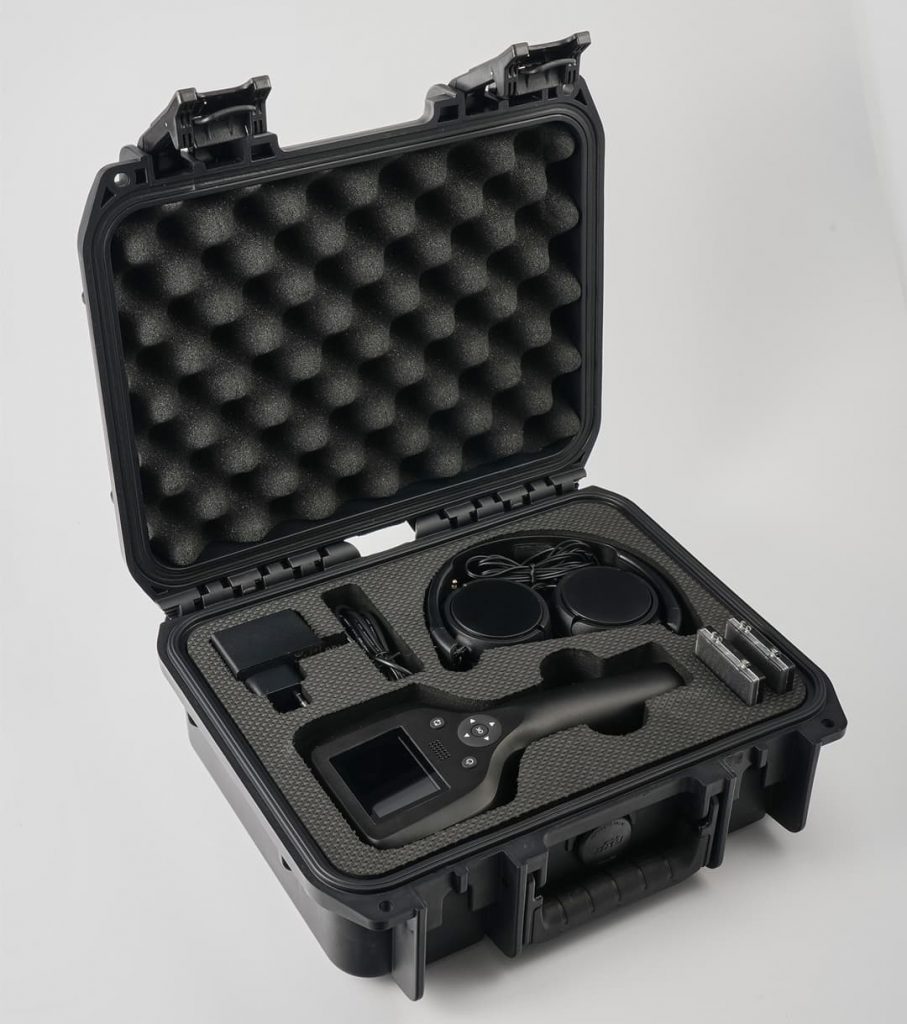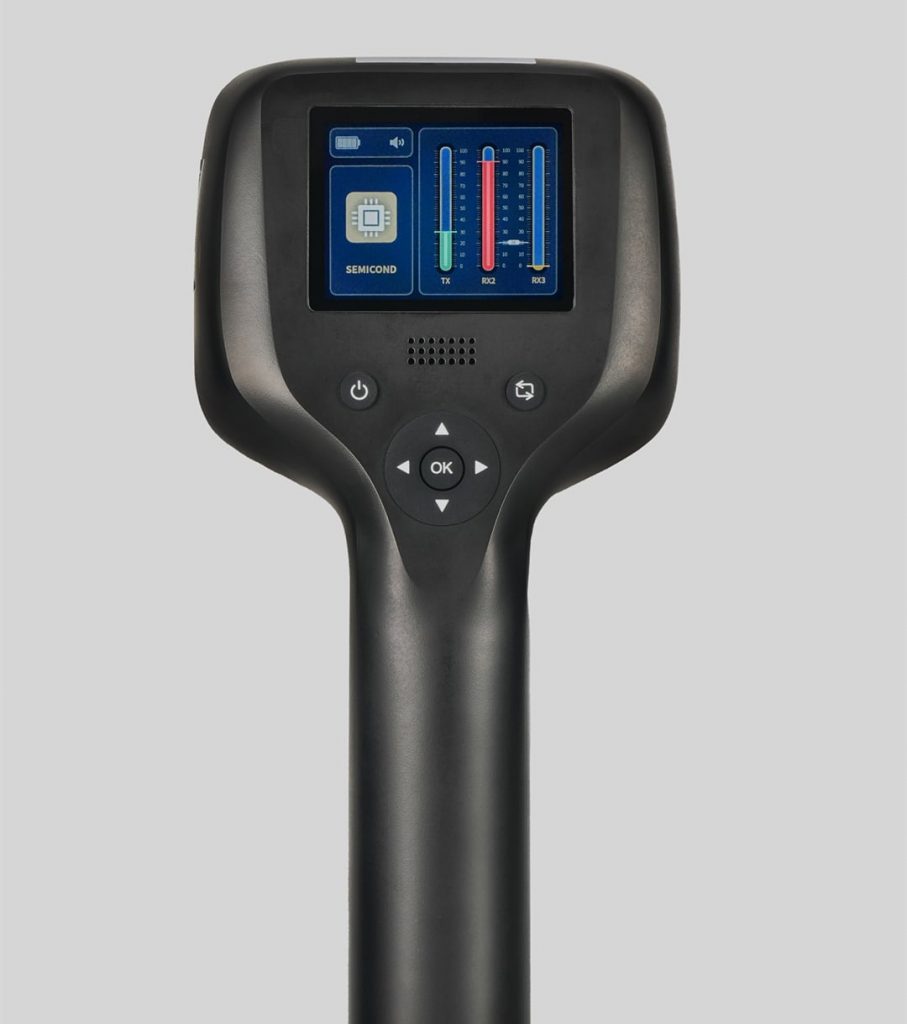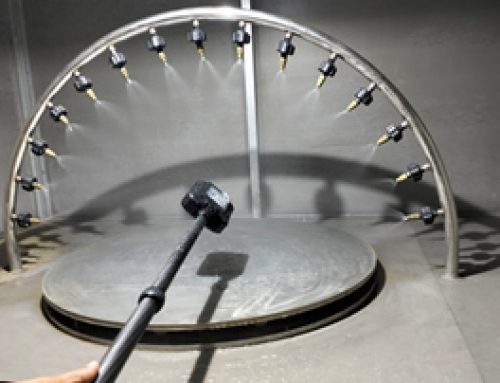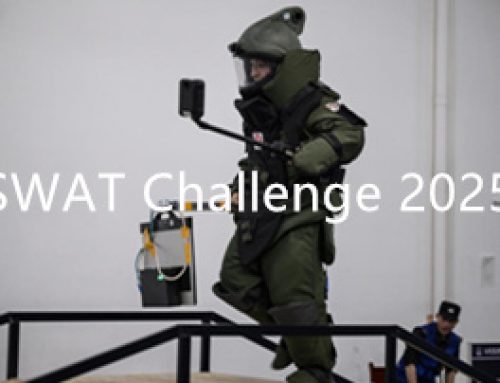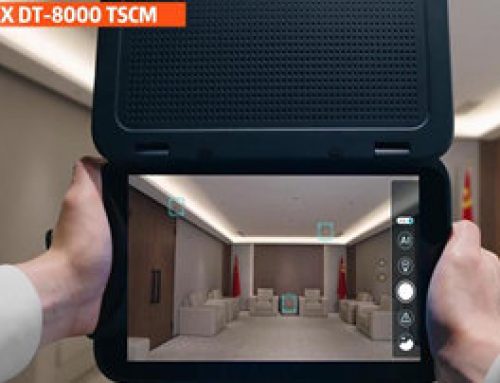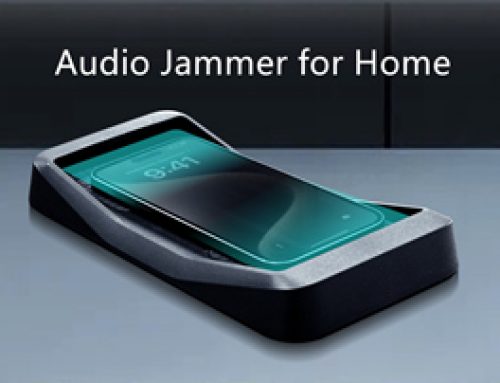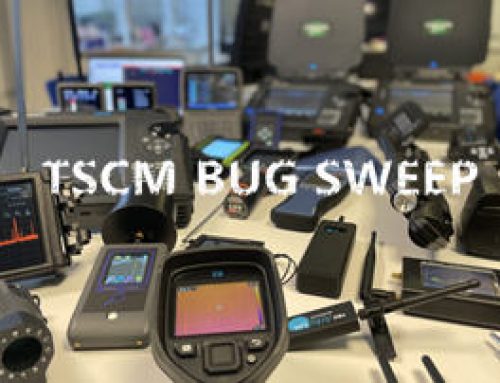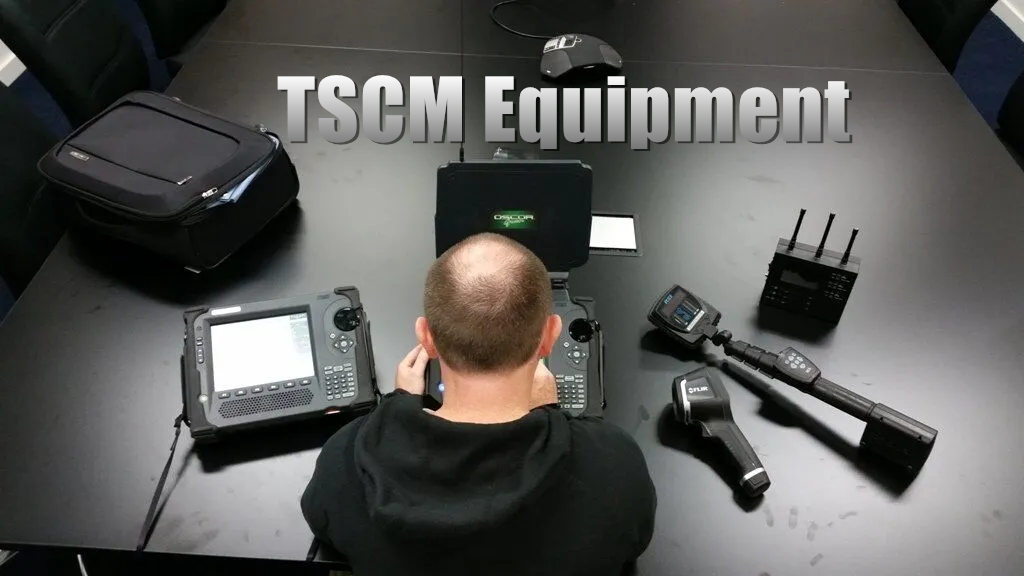
Understanding (TSCM) Counter Surveillance Equipment: What Works Best for Your Needs?
TSCM stands for Technical Surveillance Counter Measures, commonly known as bug-sweeping, are security measures aimed at detecting and neutralizing surveillance devices, including eavesdropping devices and unauthorized data interceptors such as RF transmitters, hidden cameras, data transmitters, GPS trackers, and other electronic spying tools. The practice of TSCM is critical in maintaining the confidentiality of communications and protecting sensitive information from unauthorized listening and recording devices.
Many new users often wonder why multiple pieces of counter surveillance equipment are necessary for a TSCM inspection. They might think, “We don’t understand professional equipment. We don’t want to spend time identifying signals or searching in all directions with detectors. Is there any TSCM equipment that can ‘defeat the enemy with one move’? Can we just place a device in the room, and it will tell us if there is any secret-stealing equipment and where it is?”
The reality is that TSCM inspections require a variety of specialized tools to effectively detect and locate different types of surveillance threats. Each counter surveillance equipment serves a unique purpose, such as identifying radio frequencies, detecting hidden transmitters, and analyzing suspicious signals This comprehensive approach ensures a thorough inspection and accurate results.
Therefore, the answer for above question is NO and Impossible by now. If there was such a TSCM equipment, then no need complicated detectors and processes related to official TSCM inspection.
What are the professional TSCM Equipment?
There is no one “Bug Detector” that can solve all problems. WHY???
From a professional TSCM standpoint, the challenge in detecting a covert camera lies in its vast technological diversity. Before any inspection, we must account for numerous variables. Just take a consideration about the technical variations of a hidden camera:
- Data Handling: It could be wired, wireless, or a self-contained unit recording to local storage (e.g., an SD card).
- Night Vision: It may use active infrared (IR) illuminators for night vision or employ passive low-light gain technology, which has no IR signature.
- Wireless Protocols: If wireless, the signal could be analog (0.9/1.2/2.4/5.8 GHz), digital Wi-Fi (2.4/5.8 GHz), or transmitted over a 4G/5G cellular network.
Not to mention there are other famouflage cameras which are difficult to recognize. Therefore, the fundamental principle of a professional bug sweep is to never assume the nature of the threat. The standard equipment used in a professional inspection procedure includes (but is not limited to):
- Nonlinear Junction Detector
- Spectrum Analyzer (Advanced RF Detectors)
- RF Signal Detector
- Thermal Camera
- Optical Hidden Camera Detector
Each of the above TSCM equipment has its own function. What they have in common is that, except for NLJD, they only receive signals or passively receive various wireless or optical signals, and these devices themselves do not have any signal transmission function. This is also a common sense in professional detection operations. It is not allowed to bring or use equipment with active signal transmission function in the environment being detected, because it will add unnecessary interference to the environment with complex background signals.
Each counter surveillance equipment has its own unique features, and operators need to work with the equipment for a certain period to gain the expertise required to provide informed feedback. Every Equipment is developed for just a certain important function. Other functions are additional but not so helpful. So it is needed to realize the strengths and weaknesses of each TSCM equipment well. Then you use different equipment and cooperate with each other to meet the inspection purpose.
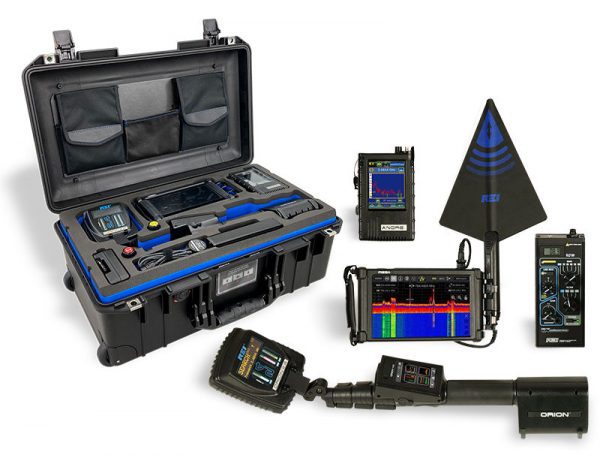
1. NLJD (Non-linear Junction Detector)
1. NLJD (Non-linear Junction Detector)
Non-linear junction detector (NLJD) operates like a specialized type of radar. It is also called as PN Junction Detector. Here’s a simple introduction of its working principle:
- Transmission: The NLJD transmits a highly stable, low-power radio frequency (RF) signal. The latest popular frequency range is 2.404GHz-2.472GHz, and 800-900 MHz.
- Reception: When this signal hits a non-linear junction (like the semiconductor components found in all modern electronics—diodes, transistors, etc.), the junction re-radiates the signal at harmonic frequencies (multiples of the original frequency).
- Analysis: The NLJD’s sensitive receiver is specifically designed to detect these harmonic signals (typically the 2nd and 3rd harmonics). Natural objects do not produce these harmonics, so their presence is a clear indication of hidden electronics, whether they are active, inactive, or even turned off.
For detailed introduction of NLJD, please read [Understanding Non-Linear Junction Detectors].
Main Purpose: Detecting Electronic Semiconductor Chips
- Practical Application: Used to detect whether there are hidden built-in eavesdropping and bug in items without containing semiconductor chips, such as door panels (except smart locks), plants, decorations, paintings, walls, sofas, etc.
- Disadvantages: It cannot detect items themselves containing semiconductor chips and items wrapped in special protective materials, such as mice, keyboards, speakers, printers, calculators, headphones, chargers, routers, optical modems, etc. Otherwise, the false alarm rate will be extremely high.
Find suitable NLJD for your application? Please read [Discover the Best NLJD in 2025].
Global NLJD Supplier Landscape
Here, we suggest several professional NLJD suppliers and compare their key focus areas.
REI (USA)
The Global Pioneer
- Focus: Orion 2.4 series, Deluxe (900Mhz/2400Mhz).
- Note: Top 1 supplier with mature distribution channels.
- Limitation: Does not currently offer handheld NLJD models.
Lornet (Russia)
3.6GHz Specialist
- Focus: Star Series (Star24, Star36).
- Strength: Experienced supplier, renowned for 3600Mhz (3.6G) models.
- Note: Well-established in the industry.
JJN Digital (UK)
Handheld Focus
- Focus: EDD-24 Handheld model.
- Note: Known for their portable solutions.
- Limitation: Limited options on broader NLJD models.
Selcom Security (Lituania)
Cayman Series
- Featured models (Russia Made): ST-401, ST-402.
- Strength: Good performance at a mid-range price point.
- Note: Good cost-effectiveness and market recognition.
iSecus (China)
The New Star in TSCM (Est. 2017)
- Experience: Established in 2017, proving several years of industry expertise.
- Innovation: DT-830 (World-first NLJD integrated with thermal camera).
- Value: Prices are competitive while quality & performance are excellent,receiving high praises from worldwide customers.
- Rich NLJD Collection: They offer multiple NLJD from handheld to professional. Wellknown models are DT-810 (Orion eq.), DT-820Plus (EDD eq.), DT-830. New NLJD such as DT-824S, DT-840 are released in 2025.
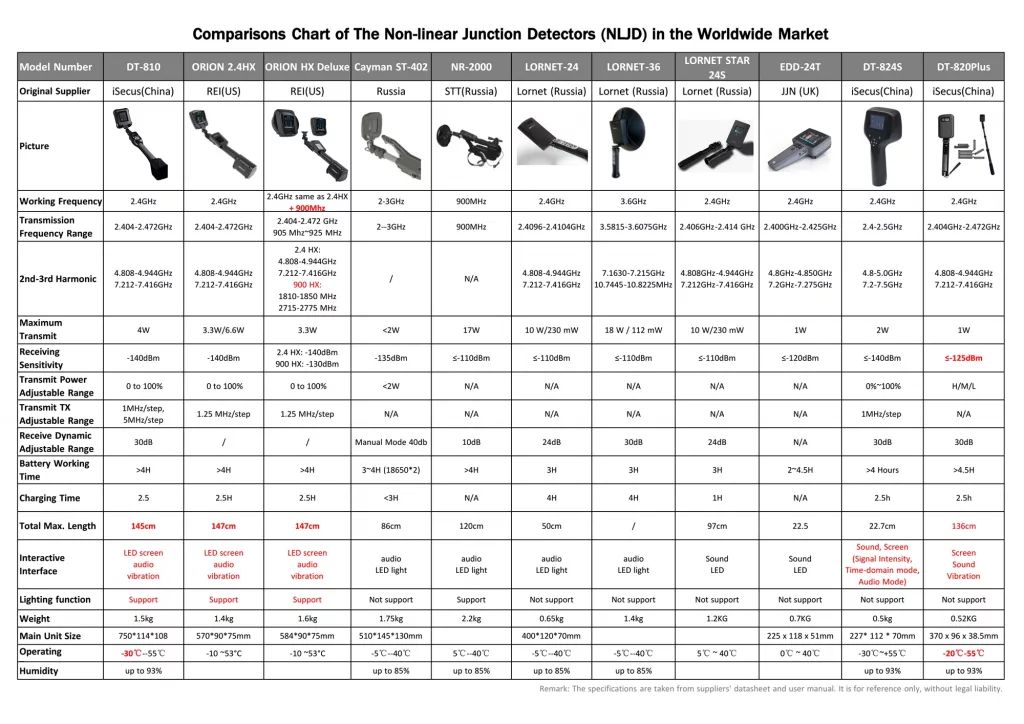
2. Signal Category: Spectrum Analyzer, Signal Detector
2. Signal Category: Spectrum Analyzer, Signal Detector
How Do RF Bug Detectors Work?
Main Purpose: Scanning wireless signals, analyzing wireless signals, and accurately locate wireless signal emission sources in the inspection environment.
- Practical Application: Used to scan and analyze wireless signal conditions in the environment, conduct in-depth analysis of suspicious signals, and accurately locate suspicious signals.
- Disadvantages: It can only detect eavesdropping and bugs with wireless transmitting functions, and cannot detect locally stored surveillance equipment and items that emit signals themselves, such as plug-in (memory card) cameras, recording pens, routers, etc. Signal amplifiers, optical cats with routing functions, etc.
2.1: (TSCM) Spectrum Analyzer
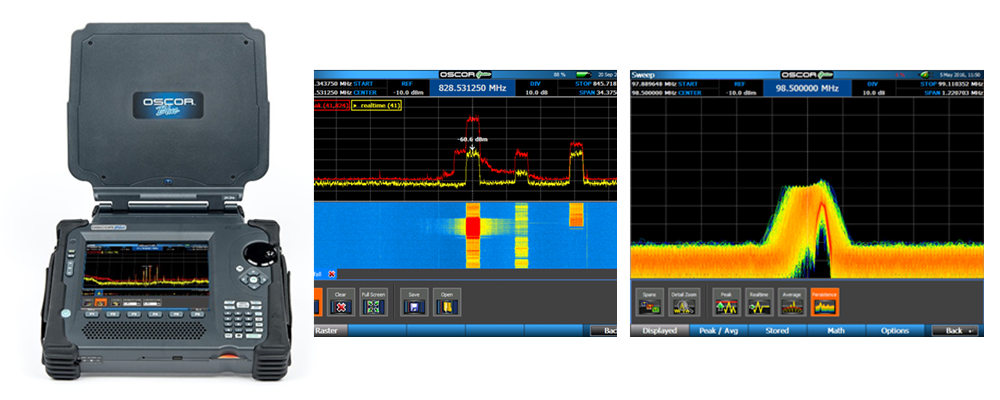
The main function of a spectrum analyzer is to detect and analyze all signal conditions in the environment. It is not a completely automatic analysis but requires your next operation of TSCM inspection. In addition, the spectrum analyzer can perform background recording of environmental signals and compare the signals with another environment. This function is often ignored easily, but it is one of the main functions of the anti-theft spectrum analyzer. Besides, it supports demodulation function, which can restore the audio or video of the analog signal.
Professional spectrum analyzers also have signal analysis functions. It will classify each signal into a specific popular signal category, such as 2G, 3G, 4G, or 2.4G WiFi, Bluetooth, 5G wifi etc.
This is high-level TSCM equipment. To understand the RF signals well, there is no doubt that the operator should have Engineer Background.
Professional Signal Spectrum Analyzers for TSCM Counter Surveillance Equipment are suggested below:
REI from USA: Oscor Green & Oscar Blue (generally ranging from around $29,000 to over $31,000 USD)
D.A.S (Digital and Analog systems) from Ukraine: They offer Delta X and Delta S series.
MEFF from Italy: Wellknow model is MEFF M2-PRO. It is a premium spectrum analyzer bug detector, a high-tech multifunctional portable device designed by TSCM professionals for security professionals, private investigators, law enforcement, federal agencies, casino security and corporate executive security for safe performance against any electronic threats. Detection power from 100Hz to 24Ghz.
2.2: Signal Detector (Near Field Signal Detector)
The near-field signal detector should be a scanning detector with very high sensitivity. Its requirements are very high. First, it has a built-in filter to filter out normal signals in the environment. Second, it has anti-interference ability and is not interfered by signals outside the detection range.
The signal detector is an auxiliary equipment for the spectrum analyzer. Traditional spectrum analyzer only roughly locates a direction, while the signal detector is to locate the emission source. Therefore, the smaller its detection range, the better. Rather than the longer the better. Even though its detection range reaches 50 meters, how do you locate the emission source within a 50-meter radius?
However, the signal detector can only detect the emission source in working state.
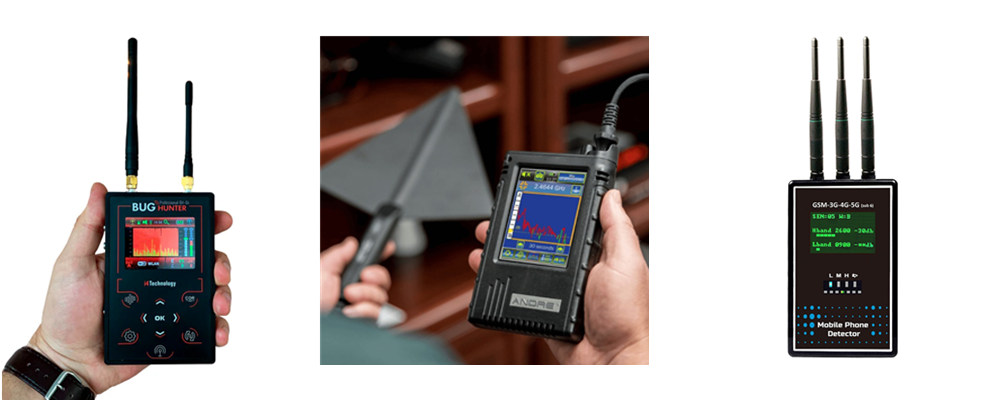
3. Thermal Imaging Cameras
3. Thermal Imaging Cameras
A thermal camera operates by detecting and visualizing infrared energy, or heat, which is emitted by all objects. Unlike a regular camera that captures visible light, a thermal camera uses a special lens and sensor to create a “thermogram”—a visual map of temperature differences. This allows an operator to see objects and environments based on their heat signature rather than their light reflection.
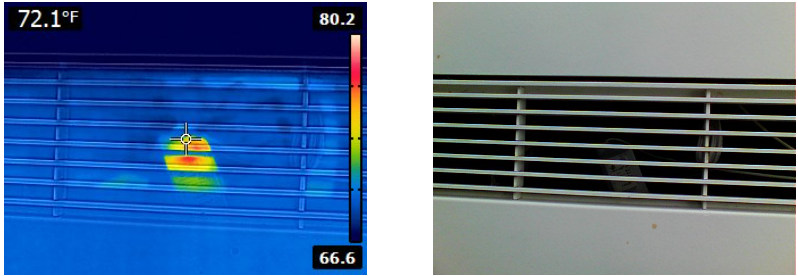
Main Purpose: Detecting heat from Electronic equipment
- Practical Application: Based on the principle that electronic equipment generates heat when working, thermal camera is used to detect whether there are hidden built-in eavesdropping and bugs in items that should not have heat sources. Such as plants, decorations, paintings, walls, sofas and other items.
- Disadvantages: It cannot detect items that generate heat when plugged in, such as power strips, charging plugs, keyboards, kettles, etc.
Suggested Brands for Handheld Thermal Cameras: iSecus (China), Flir (USA)
Learn More: Choosing the Right Thermal Camera for Counter Surveillance
4. WIFI analyzer/WIFI camera scanner
Main Purpose: Scanning the WIFI list in the search environment, whether there are suspicious devices in AP hotspots, hidden hotspots, and devices with hotspots embedded; Detecting hidden cameras that transmit WIFI data.
Practical Application: It can only detect the WIFI hotspot list, MAC address and signal strength in the current environment; Detect whether there is a spy camera that uses WIFI data transmission.
Disadvantages:
- In practical applications, it is difficult to confirm the identity of the user of WIFI device, and the troubleshooting work is time-consuming and laborious.
- With the continuous improvement of video compression technology, it is becoming more and more difficult to detect and analyze WIFI data. Similarly, WIFI camera scanners cannot detect video signals transmitted by local storage and 4G and 5G plug-in cards.
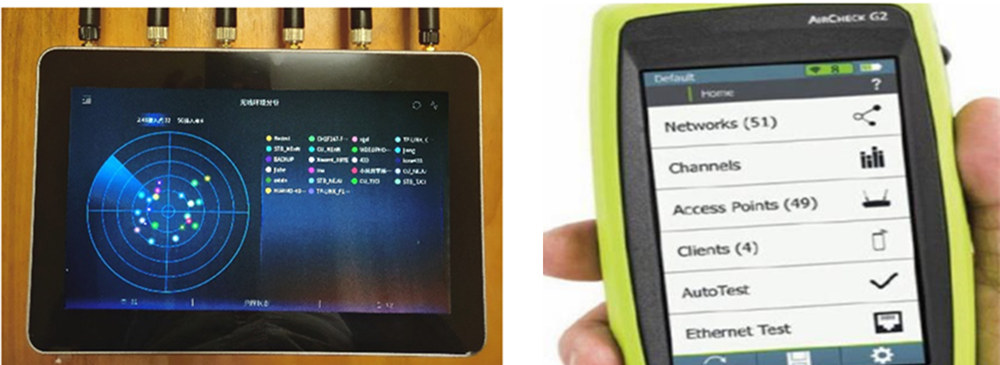
5. Optical Hidden Camera Detector
Working principle of Optical Hidden Camera Detector
This detector operates on the principle of optical reflection. It emits a specialized beam of light, and when this light hits a camera’s lens, it’s reflected directly back. Looking through the device’s viewfinder, an operator will see this reflection as a distinct, bright pinpoint of light.
- Core Advantages: Its greatest strength is its ability to find a camera regardless of its status—whether it’s on, off, or only recording locally. Because it is a purely optical tool, it is also completely immune to interference from wireless signals like Wi-Fi and cellular networks.
- Key Limitations: The limitations are significant. First, it is prone to false positives, as many small, reflective items (like screws or glass fragments) can create a similar glint. Second, it requires a direct line-of-sight and cannot penetrate any obstacles. Finally, its effectiveness is highly dependent on the operator’s skill, patience, and experience
Wellknown models: Optic-2, IRSI T1 (From Canada Waypoint)

To sum up, every equipment has its main function. In actual use, it must clearly understand the advantages and disadvantages of the equipment and perform the equipment to the best result. Leverage strengths and avoid weaknesses, and then achieve the best detection accuracy through the cooperation among different equipment. That’s why one equipment doesn’t solve all problems.
Of course, there are many counter surveillance equipment integrated with multiple functions. But if you check it carefully, you will find that these equipment will have one main function, and other functions are additional functions. The additional functions are not as professional as professional single-item detection equipment. For example, REI’s ANDRE package includes a kit for detecting infrared light, telephone lines, network lines, and mains lines. However, its main function is still near-field detection, and its other functions are far less reliable than the more professional TALAN’s performance.
How to Choose the Right TSCM Equipment: A Brief Comparison
Professional TSCM inspections do not rely on a single device, but use a combined of multiple tools. Understanding the core strengths and weaknesses of each device helps you to choose the best equipment for your requirement.
In-Depth TSCM Tool Comparison: Strengths & Limitations
| Tool Type | What It Finds | Strengths | Weaknesses | Best For |
|---|---|---|---|---|
| NLJD (Nonlinear Junction Detector) | The tiny electronic parts inside a device, even if it’s turned off. | Finds bugs that are off, broken, or have dead batteries. The only tool that can do this. | Can not use in areas with many existed electronics. Requires experience & skills of using NLJD. Can’t tell you what the device is. | A final, physical check of walls and furniture to see if any electronics are hidden inside. |
| Spectrum Analyzer | All nearby radio signals, including Wi-Fi, cell signals, and hidden transmitters. | The most powerful and sensitive RF detector. Can find, identify, and locate even very weak or hidden signals. | Very complex. Requires an expert to operate and understand the results. | Professional-grade sweeps of entire buildings to find any transmitting bug. |
| Near-field RF Detector | Strong radio signals from nearby sources. | Easy to use and portable. Good for a quick check to see if strong transmitters are active nearby. | Not very sensitive. Often tricked by normal Wi-Fi and cell phones. Will miss weak bugs. | A quick, basic check in a hotel room or for personal use. |
| Thermal Camera | The tiny amounts of heat from active electronics. | Sees heat through surfaces. Finds devices that are on but not sending signals. | Only finds bugs that are turned on and making heat. Can be confused by other heat sources like pipes or chargers. | Quickly scanning walls and ceilings for hidden, powered-on devices. |
| Wi-Fi Analyzer | All Wi-Fi devices, including hidden cameras and routers. | Can spot hidden Wi-Fi cameras and unauthorized networks that your phone can’t see. | Only finds Wi-Fi. It can’t detect Bluetooth or other types of wireless bugs. | Checking your home or office for unauthorized Wi-Fi spy gadgets. |
| Optical Camera Detector | The reflection from any camera lens. | Finds any camera lens, even if the camera is off. Not affected by radio signals. | False alarms rate may be a little high,especially from shiny surfaces. You must have a clear view of the lens to find it. | Doing a quick, simple check for cameras in places like hotel rooms or bathrooms. |
Frequently Asked Questions (FAQ) about Bug Sweeps
Q1: What does TSCM stand for in the military?
Answer: Full form of TSCM is Technical Surveillance Counter Measures. The Original Info from USA 《DoD TSCM Survey Program》recorded in May 23, 1984 mentioned this:
TSCM Survey: A service provided by qualified personnel to detect the presence of technical surveillance devices and hazards and to identify technical security weaknesses that could aid in the conduct of a technical penetration of the surveyed facility. A TSCM survey will provide a professional evaluation of the facility’s technical security posture and normally will consist of a thorough visual, electronic, and physical examination in and about the surveyed facility.
Q2: Why NLJD detecting cellphone performance is not good?
This is a phenemion existed in fresh operators. It is not that NLJD is useless, but lacking experience and knowing less about the true reason. To minimize the outward radiation of high-frequency components and minimize the interference of external electromagnetic signals, cellphone has protective shielding covers above the main board, so the 2nd harmonic received by the NLJD is greatly attenuated. In actual site, it requires operators with good understanding of NLJD itself, operation experience and skills.
Are iSecus TSCM equipment trustable?
Trusted Globally: iSecus Export Footprint
Our High-end TSCM equipment has been successfully deployed in over 30 countries worldwide.
(List includes official government, military, and corporate clients)
Popular Counter Surveillance Equipment from iSecus
